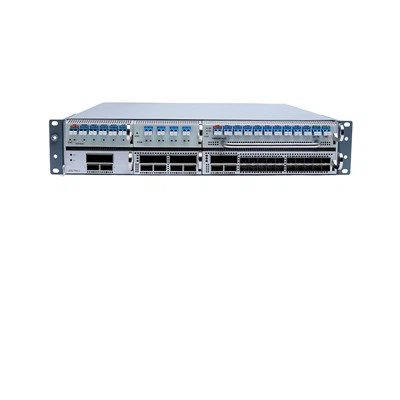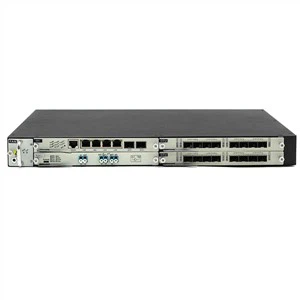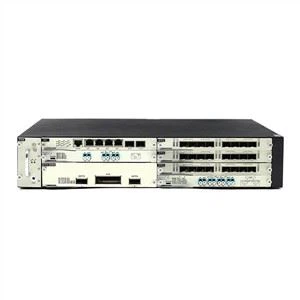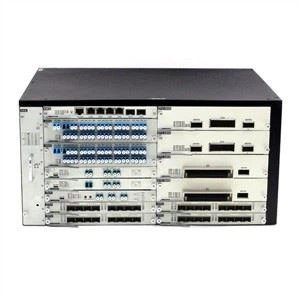The use of 5G mobile networks may mean that users will seek current network services through local data centers close to mobile network base stations. However, the current data centers required to process edge data are far from meeting the needs of 5G mobile networks. Therefore, edge computing and micro data centers are in the early stages of explosive growth, which in turn will place higher demands on cloud center data centers.
According to research, the large-scale deployment of 5G mobile networks has further intensified the demand for more network bandwidth by cellular operators to meet the growing demand for WAN capacity. Compared with the current 4G mobile network, the data throughput of 5G has increased by 10 times, and the communication capacity has increased by 100 times. For users who own these network devices, the scale of the 5G center cloud data center will become more and more Big. The backbone of the 5G network center cloud data center, the current 100G port will not be able to meet and support the exponential increase in user terminal data volume, and the application of 400G/800G here will become more urgent
Edge data centers bring services closer to people and applications, and will also assume more responsibility for data processing. So how do many edge data centers and central cloud data centers respond to the exponential increase in network data volume?
OM5 solves the distance limitation problem of OM3 and OM4 inside the data center
ISO and TIA standardization organizations released the latest wiring standards ISO 11801 3rd and TIA-568.0-D respectively in 2017, pointing out that OM5 fiber is designed based on the VCSEL laser light source, and specifically specifies the bandwidth characteristics for wavelength division multiplexing (WDM). The purpose of this new fiber classification method is to provide support for a variety of "short" wavelengths between 850nm and 950nm, and wavelengths in this range are suitable for high-bandwidth applications after polymerization.
The attenuation of OM5 broadband multimode optical cable has been reduced from 3.5 dB/km to 3.0 dB/km of the previous OM3 and OM4 optical cables. In addition, the bandwidth requirement at the wavelength of 953 nm has been increased.
![]()






















